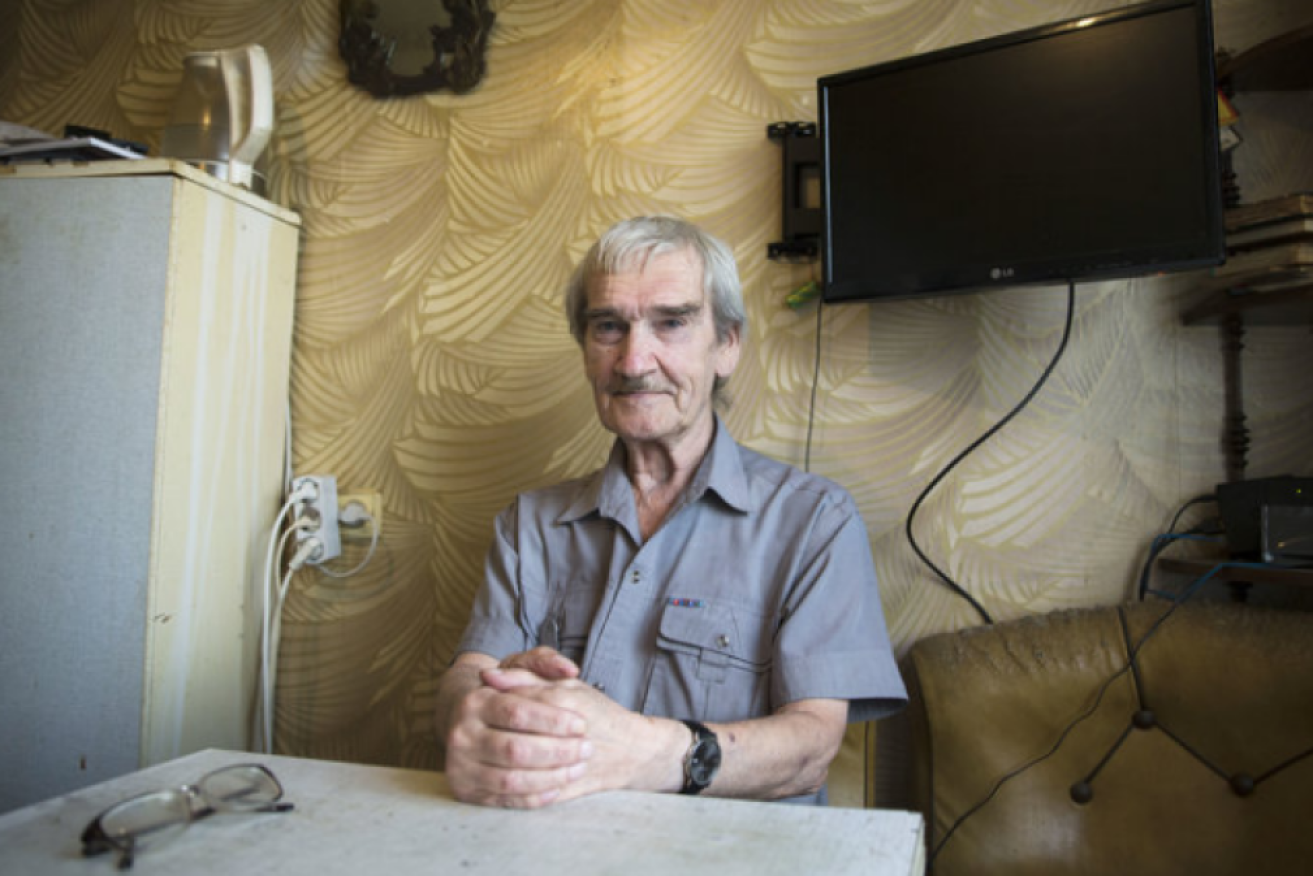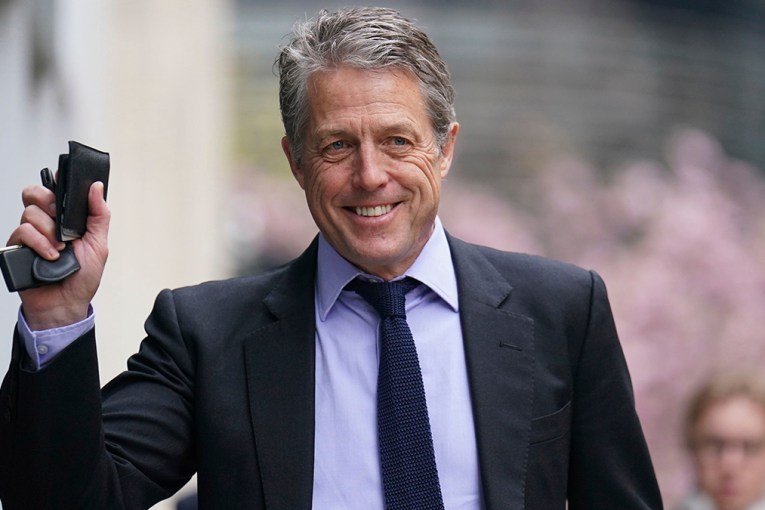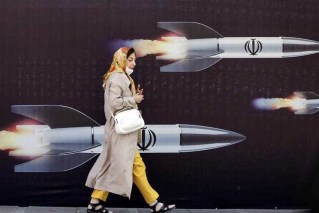Stanislav Petrov, who saved the world from nuclear war, dies at 77

Stanislav Petrov died in May, but the news only broke after a friend tried calling on this birthday. Photo: AP
The man credited with saving the world from nuclear disaster during the Cold War has died in Moscow aged 77.
Stanislav Petrov was a Soviet officer on duty the night of September 26, 1983, when an early warning system flashed a warning that the US had launched missiles against the USSR.
Petrov, from a secret command centre outside Moscow, could have immediately instigated a retaliation with a phone call.
Instead, the then 44-year-old lieutenant colonel trusted his gut, which told him it was it was merely a system malfunction. And after five nerve-wracking minutes, he made a decision that may have prevented a nuclear war.
He turned out to be right. The false alarm was apparently triggered when the Soviet satellite mistook the sun’s reflection off the tops of clouds for a missile launch.
Petrov died in May, but the news has only just come out after a German filmmaker tried to call him this month for his birthday.
https://www.youtube.com/watch?v=6Jf178aBemY
“It was completely unexpected, as such things usually are. The siren sounded very loudly and I just sat there for a few seconds, staring at the screen with the word “launch” displayed in bold, red letters,” Petrov told the BBC in 2013.
“I would not trust the computer. I picked up the telephone handset, spoke to my superiors and reported that the alarm was false.”
The Russian state-funded broadcaster RT also spoke with Petrov in 2010, when he acknowledged the gravity of the situation.
“We’ve never been as close to a nuclear war, neither before nor later on. It was the very climax,” he said.
‘1983 was in fact the most dangerous year’
Paul Dibb an emeritus professor of strategic studies at the Australian National University, has been reflecting on Petrov’s moment in the hot seat.
During the Cold War, Professor Dibb was the top Soviet analyst in Canberra and visited Moscow as a declared intelligence officer in 1976.
“The important thing is to acknowledge what he did, and secondly, to remember – as few people in Australia do – that 1983 was in fact the most dangerous year in the Cold War,” he said.
“It was more dangerous than the Cuban missile crisis.”
Professor Dibb said although the there are parallels with North Korea today, the threat of nuclear war in the 1980s was far greater.
“It’s not to underrate current threat North Korea but, frankly there’s a lot of difference between North Korean nuclear capability and the Soviet Union with 12,000 strategic nuclear warheads – each side destroying a quarter of the population,” he said.
“Although North Korea has nothing like the former Soviet capability, it looks as though it’s developing sufficiently, if you like, to tear an arm off the United States.
“The difference, despite what said we have said about 1983, as the Cold War progressed, the fact is the Soviets and the Americans were talking to each other.
“The worry about the United States and particularly North Korea is North Korea is a hermit kingdom. They talk to nobody.”
-ABC








